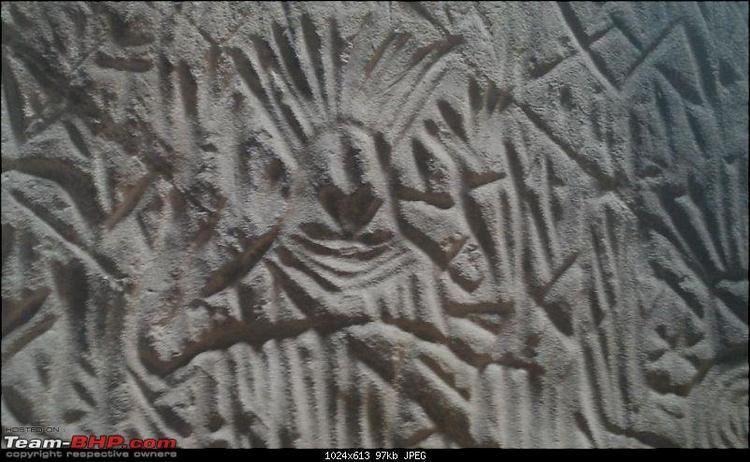Country State | Language spoken District | |
 | ||
Map of Valparai
Valparai is a Taluk and hill station in the Coimbatore district of Tamil Nadu, India. It is located 3,500 feet (1,100 m) above sea level on the Anaimalai Hills range of the Western Ghats, at a distance of 100 kilometres (62 mi) from Coimbatore and 65 kilometres (40 mi) from Pollachi. There are 40 hairpin bends on the way up to Valparai from Azhiyar. While major portions of the land are owned by private tea companies, large forest areas continue to be out of bounds. As of 2011, the town had a population of 70,859.
Contents
- Map of Valparai
- Valparai
- Hill way from pollachi to valparai 40 hairpin bends
- History
- Geography
- Demographics
- Economy
- Transport
- Politics
- Wildlife
- References
Valparai
Hill way from pollachi to valparai 40 hairpin bends
History
Earliest records of this area are from the year 1846 when Ramasamy Mudaliyar started coffee plantation here. In 1864, the Karnatic Coffee Company began their coffee plantation here but they could not make it profitable, hence they sold part of their land. In 1875, the roads and guest houses were built by soldiers for the visit of England’s Prince of Wales, the future Edward VII. Soldiers were posted here and horses and elephants were used for this purpose. However, the visit was eventually cancelled. In 1890, W. Wintil and Nordan bought a huge portion of land in Valparai from the Madras State Government under the British Raj. Wintil deforested the area and planted tea and coffee. He was assisted by Carwer Marsh, an experienced planter for a salary of 250 rupees.
Geography
Valparai is located at 10.37°N 76.97°E / 10.37; 76.97. It has an average elevation of 3,914 feet (1,193 m).
Demographics
According to the 2011 census, Valparai had a population of 70,859 with a sex-ratio of 1,013 females for every 1,000 males, much above the national average of 929. A total of 5,007 were under the age of six, constituting 2,564 males and 2,443 females. Scheduled Castes and Scheduled Tribes accounted for 59.68% and 1.75% of the population respectively. The average literacy of the town was 78.47%, compared to the national average of 72.99%. The town had a total of 19,017 households. There were a total of 38,440 workers, comprising 107 cultivators, 4,828 main agricultural laborers, 173 in household industries, 29,338 other workers, 3,994 marginal workers, 71 marginal cultivators, 341 marginal agricultural laborers, 62 marginal workers in household industries and 3,520 other marginal workers. As per the religious census of 2011, Valparai had 82.84% Hindus, 13.51% Christians, 3.47% Muslims, 0.02% Sikhs, 0.01% Buddhists, and 0.15% following other religions.
Economy
The economy of Valparai depends on plantation crops. Valparai has a high concentration of tea and coffee estates. Most of the people living here work in these estates. The Government of Tamil Nadu in collaboration with ITDC initiated Tourism promotion through infrastructure development including Resort hotels and Amusement parks to attract tourists.
Transport
Valparai is about 64 kilometres (40 mi) from Pollachi and 80 kilometres (50 mi) from Udumalai. The road from Pollachi to Valparai has 40 hairpin bends. It takes about 2 hours to reach Valparai from Pollachi on State Highway 78. TNSTC operates buses from Valparai to Pollachi, Coimbatore, Tirupur, Udumalai and Palani. Valparai is connected to Athirampalli falls by road and is 130 km from Valparai to Chalakudi.
Politics
Valparai assembly constituency is a Scheduled Caste constituency and forms part of Pollachi Lok Sabha constituency.
Wildlife
Valparai is a mid-elevation hill station (Ootacamund is considerably higher). The tea plantations are surrounded by evergreen forest. The region is also a rich elephant tract and is known to have many leopards. The drive to the town from Pollachi passes through the Indira Gandhi Wildlife Sanctuary noted for elephants, boars, lion-tailed macaques, gaur, spotted deer, sambar, and giant squirrels. The area is also rich in birds, including the great hornbill. Water bodies at Monkey Falls and Aliyar Dam are also seen en route. Valparai receives among the highest rainfall in the region during the monsoons (around June).
The Valparai range is also habitat to the Nilgiri tahr, an endemic wild ungulate. These mountain goats inhabit the high ranges and prefer open terrain, cliffs and grass-covered hills, a habitat largely confined to altitudes from 1200 to 2600m in the southern Western Ghats. Their territory extended far and wide all along these hills in the past, but, because of hunting and large-scale habitat destruction, they now exist only in a few isolated sites like the Anaimalai Hills. The human-elephant conflict here is a delicate issue. The tea plantations are a hindrance to the movement of wildlife, particularly elephants who walk large distances to reach water bodies and feeding areas.
